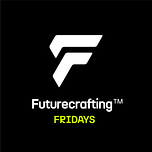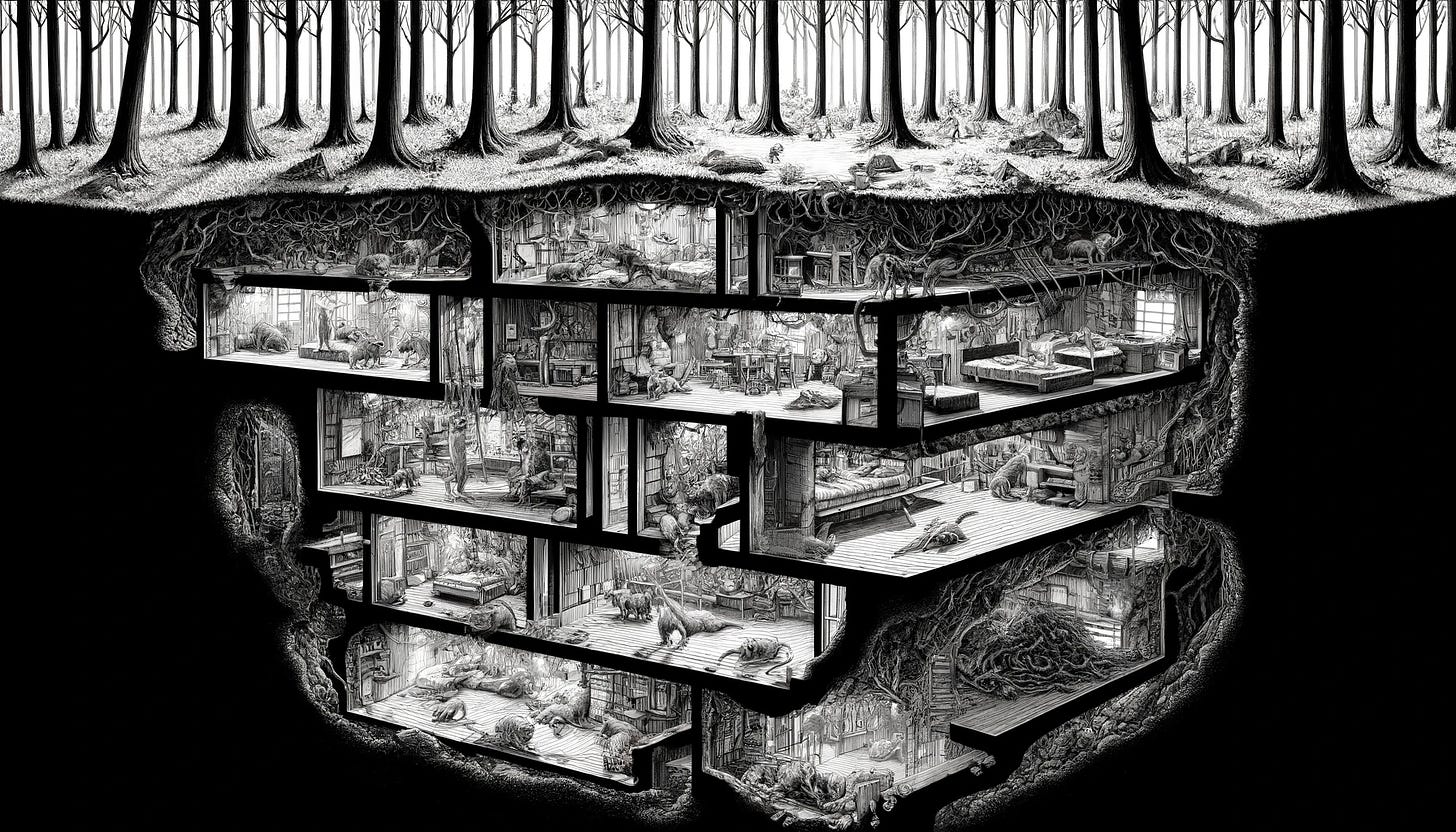Explore the 5 levels of failure in how creative studios communicate their work's value. Discover how to transform your showcase from a crutch to a powerful business leverage.
"Let the work talk for itself" — I hear this over and over from artists and studio owners, newcomers and veterans alike.
The problem? It's pure BS.
On January 12, 2007, one of the world's greatest violinists, Joshua Bell, plays a 300-year-old Stradivarius for 38 minutes at the L'Enfant Transit Plaza, Washington D.C. 1907 people passed. Only 7 stopped by.
Do you still believe in "let the work do the talk"?
It's not the content. It's the context and packaging.
Visit Cairo. Most tourists gaze up at the Great Pyramids of Giza in awe. But if you're insatiably curious or with an anthropologist, look down. The massive pavement slabs under your feet reveal the real story.
Why do I bring it?
Imagine your clients visit the Great Portfolio of Your Firm, without guidance. You're leaving the fate of your business in hands (or rather eyes) of the unprepared, not knowing where to look, and what to make out of it.
At the helm of your creative studio, demonstrating the impact of your work is your single most important objective.
No, the work does not speak for itself. It's your role to sell its value and to start, you have ONE objective:
Demonstrate the impact of the work.
Or, volunteer in the race to the bottom, commoditizing your work further, if the unstoppable industry forces and AI weren't enough.
What's the status quo?
Let's take a look at how creative firms present their work. We'll go through 5 levels. For each, see how well it passes the "So what" test. Simply ask yourself a question: "So what"? The power of this question is that it clearly points to the impact. Or lack thereof.
Level 1: "Let the work speak for itself"
Covered. Nada. You're letting the illiterate or the Chinese judge Shakespeare in the original.
Level 2: Image with a caption. Not a single verb.
"Our latest project for XYZ"
"Our exploration of XYZ"
Does this pass the "So what" question for you?
Level 3: Portfolio with a description
A film, a few stills. A Caption:
"We were approached by Tech Innovators Inc. with the task of creating a launch film for their next-gen smart TV. We delivered an engaging narrative and cutting-edge 3D animations that highlighted the product’s revolutionary features, culminating in a visually stunning film"
Or…
"Green Future Co. approached us to create a promotional video for their new line of eco-friendly products. We delivered a vibrant and dynamic animation that showcased the products’ sustainable features and benefits,"
You've seen these. Chances are, you have one on your website.
So what? How does this demonstrate the project's impact?
Level 4: "Case Studies"
But besides the title reading "case study", and maybe a few screenshots from the 3D or editing software, they're no different to the portfolio project above.
Level 5: Proper Case Studies
We'll explore this in a second.
What's wrong with it?
What's common and wrong about all these?
They fail to demonstrate the impact
Do not differentiate your firm
Fail to engage in any way
What should this look like?
If your work doesn't speak for itself, how do you ensure it gets heard?
An impactful presentation has the following goals:
Demonstrate client-relevant work impact
Differentiate yourself from the competition in a client-relevant way
Engage the prospects, balancing show and tell in a modern, rich firm
Notice the phrase "client relevant". How great your process was, how many hours went into a simulation of particles, rendering, or what camera you used has zero significance for the client. Different is not enough. You need to be different AND relevant.
Do you have to reinvent the wheel?
Good old advertising agencies and marketing firms have long set a standard of demonstrating the impact. Dig their case studies to get the baseline.
Need specific examples? When we rebranded my studio, Kizny, back in 2023, we put a lot of love into our case studies. All of them: show the work with good design, tell a story, demonstrate the impact, and include quotes from both our team and the client. We couldn't have done it any better, maybe except for shooting a dedicated film for each. And yes, we did scramble to find impact metrics. Not saying it's easy.
What's standing in your way?
I hear you saying: "Patrick, I get it, but the problem is, our clients do not share figures or metrics with us". I can't stop the echo hitting the sack in the evening. And I say: perhaps, that's your fault?
If you look at how advisors or consultants sell their work, you'll notice they rarely have deliverables. But what most of them do (and your sales team should too), is clearly defining the success criteria of the project with the client. I've seen only a handful of producers that do this in a broader creative industry. And that's the culprit of the range of problems you face — massive value misalignment, lack of recognition of your hard work, undervaluation, lack of impact, hurt profits, and low client retention… We're back to the core of The Value Method.
The Past & The Future
So, for the projects in retrospective — you'll have to scramble, ask, invent, bend, or be f¨cking creative in other ways to get the metrics. But it's worth it.
For new projects — you need to implement value alignment as part of the process of starting a project and onboarding. Clearly aligning on what constitutes value for the project, and what are the success criteria. That's the proper way.
Do it, and you'll be ahead of the majority of firms out there. Even the shiniest ones.
Further thinking
How would your new business and marketing transform if every piece of work you presented clearly demonstrated its business impact?
What would happen if you began each project by defining success criteria with your clients, ensuring mutual value alignment?
How can your firm shift from showcasing work deliverables to demonstrating impactful results?
Next steps
Need help in getting unstuck with the way you currently communicate the value of your work?
Want a brain to strategize and deploy value-driven and value-demonstrating communications, not just for your showcase, but the entire firm?
Curious about how The Value Method can help not just your showcase, but everything that matters for your business?
If you're that maverick who takes my advice and implements it all by yourself — give me a shout.
Stay prolific,
Till the next one.















Share this post